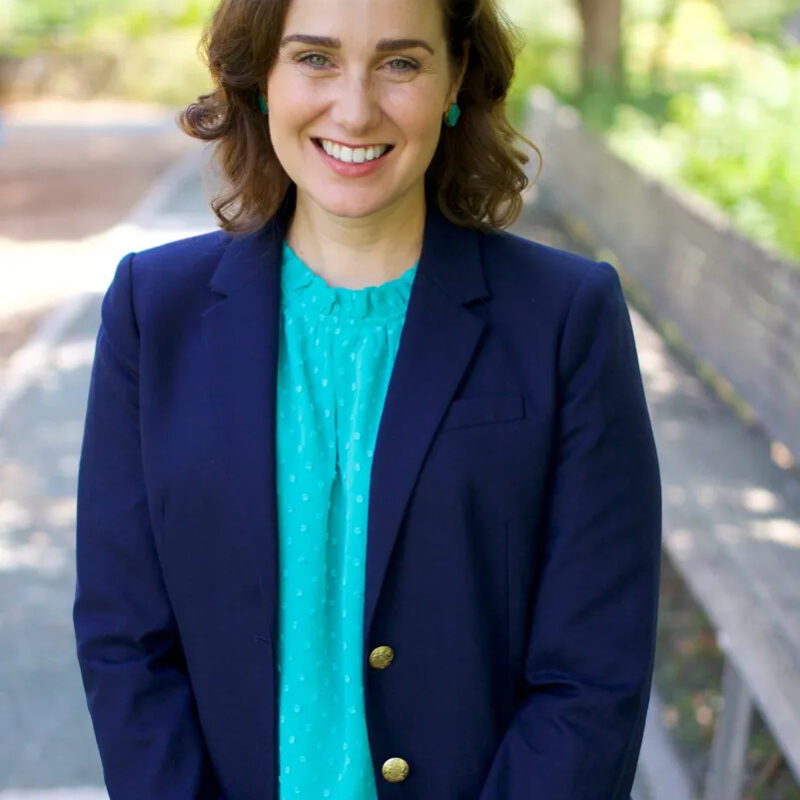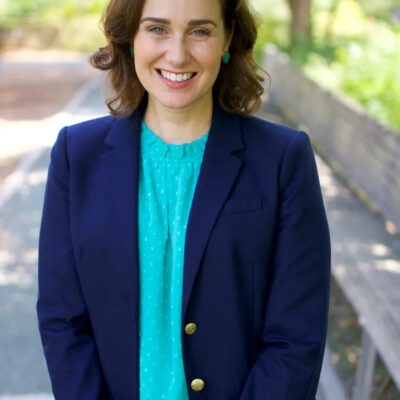The rising number of inmates in state prisons correlates to the rising number of detached families and a rising number of children raised without parents.
Are there meaningful changes the legislature can make to the justice system to reverse this problem for Virginia families?
57TH DISTRICT
Robert Brandon Smith III, (I)
|
Robert Brandon Smith III |
Yes. The inmates come from dysfunctional communities. Having lived in inner cities Chicago, Richmond and Charlottesville, RBS has given much thought.
The following actions are included in RBS’s platform written prior to the question received.
The legislature can restore human beings to real communities if it will:
– Demolish inner city housing projects, build equivalent on perimeter of cities “suburban rings” (see Michael Paul Williams of the Times Dispatch).
The key is dispersal, allowing integration finally!
– Abolish homework in public schools rather reading in the evenings: See The Homework Myth by Alfie Kohn.
– Require school uniforms, K-12 public.
– Encourage poetry recitation (published prior to 1949) for cash prizes.
All of the above to counter existing street culture/attitude.
David Toscano, (D)
(Incumbent)
|
David Toscano |
Yes. First, it is clear that we need to hold people accountable when they violate the law. In certain cases, especially those crimes that are violent and have no mitigation, incarceration is likely necessary, as punishment, to protect society from the person who committed the crime, and to provide victims assurance that justice has been served. In other cases, other means of accountability may serve these goals while permitting the offender to return to society as a more productive person. We must remember that most offenders who serve time in jail or in prison eventually return to the community. Consequently, we all have an interest in reducing the pressures toward recidivism and in increasing the chances that a person could learn something from incarceration and return as a more productive member of society. I support various community supervision alternatives such as Drug Courts, local and state probation, restorative justice initiatives, and pre-trial diversion programs as ways to hold people accountable without destroying their families. I further support substance abuse programs in jails and prisons because many crimes that occur are committed by those with these problems. Finally, as legislators, we have to be fully aware of the costs of enacting new laws to put people in jail or prison for longer periods of time. Not only does this increase stress on families, but increases the costs for the society because of the need to build more jails and prisons. We should insure that violent felons are punished, but we should be smart on how we hold violators accountable for their behavior.
58TH DISTRICT
Rob Bell, (R)
(Incumbent)
After rising for several years, the number of inmates in the state system has declined this past year. The number of inmates in jail declined by 3 percent in fiscal year 2009, and the number of felons serving prison sentences declined by 1.6 percent. It is unclear whether this is a one-year outlier or a new trend line.
|
Rob Bell |
In addition, when setting policy, it is important to remember that the reason that these inmates are in prison is because they were convicted of committing one or more felonies. The majority of inmates committed a felony that put another person or our community at risk. Of those in prison as of December 31, 2008, 52 percent were guilty of crimes categorized as crimes of violence against another person—murder, kidnapping, rape, robbery, and assault.
Another 11 percent were guilty of other dangerous crimes like arson, weapons offenses, other sex offenses, and burglary. Thirteen percent were guilty of larceny/fraud, and 7.3 percent were guilty of distributing drugs. Given the harm to the victim or the community, the state should not release these felons until they have served their sentence.
Once the felon is convicted and incarcerated, it is appropriate to review the role that the inmate will play as a parent while incarcerated. There will certainly be cases where no contact is appropriate. This could be when the crime victim is in fact the child, or when it is otherwise not in the child’s best interest. Some children may not want to have any relationship. There should never be a policy to force this relationship or to require children to visit.
However, experience has shown that many children do wish to maintain a relationship with a parent who is in prison. If their guardian and/or the court approves, safe and supervised visits can enable this. Moreover, it is helpful for the successful re-entry of the inmate if he has been able to keep some sort of relationship with his family.
System-wide, the Department of Corrections (DOC) does allow visiting on Saturday, Sunday and State holidays. Individual institutions allow additional visitation. For example Buckingham Correction Facility allows family visitation of four adults and four children, on an every other day, odd day/even day schedule.
When a criminal commits a crime, there are numerous people injured by his acts. The foremost victim is of course the crime victim. Another person harmed is the criminal’s own child. Where it is appropriate for the child and something that the child and his guardian want, I support the policies put in place by DOC to make such visits possible. I also strongly support Angel Tree and other charitable organizations that assist children of inmates at Christmas time and throughout the year. Anything we can do as a society to help these children live normal lives and become integrated into our communities deserves our support.
Cynthia Neff, (D)
I am struck by the words of Senator Jim Webb, that with 5 percent of the world’s population and nearly 25 percent of the world’s prisoners, “either we’re the most evil people on earth, or we’re doing something wrong”. Today in Virginia one in 46 adults is under correctional control with over half of those behind bars (which ranks Virginia fourth in the country). The cost in fiscal year 2008 was $1.25 Billion but the human cost to the incarcerated, their families, children and communities is far higher.
|
Cynthia Neff |
While the most dangerous criminals need to be locked up and dealt with severely, I believe we need to look much more closely at community corrections programs for solutions. An array of effective community corrections programs can be a strategy for both safety and savings. I believe we can protect public safety while slowing the growth of our prison population through a number of means. We can reduce prison admissions by the use of front-end sentencing and diversions through community corrections programs like drug courts and targeted penalty changes that steer low-risk offenders to community corrections programs. We should pursue comprehensive sentencing guidelines to decide as a matter of policy which types of offenders should go to prison and which are appropriate for community corrections. We can also manage parole and probation violations differently with intermediate sanctions such as day reporting centers, short term residential facilities and performance incentives that shorten terms of supervision for offenders who fulfill obligations such as victim restitution and child support. We can also shore up the high stakes neighborhoods where prisoners come from and return to, in order to generate even further reductions in crime and incarceration.
If we had stronger community corrections, we wouldn’t need to lock up so many people at such a great cost. By redirecting a portion of the dollars currently spent on imprisoning the lowest-risk inmates, we could significantly increase the intensity and quality of supervision and services directed at the same type of offenders in the community. Again it is important to realize that today we incarcerate over half of the correctional population but spend 90 percent of the state budget on prisons. Better investment and performance in community corrections can cut crime and avert the need not only for new prisons but even for some we already have.
Much of the research available indicates that children who grew up with a parent locked up in prison have a 70 percent risk of one day ending up in prison themselves. As a Court Appointed Special Advocate working with abused and neglected children and working with the Legal Aid Justice Center I have seen this risk play out time and time again amongst very vulnerable populations. We’re better than this. It’s not just important to be tough on crime, but to be smart on crime.









